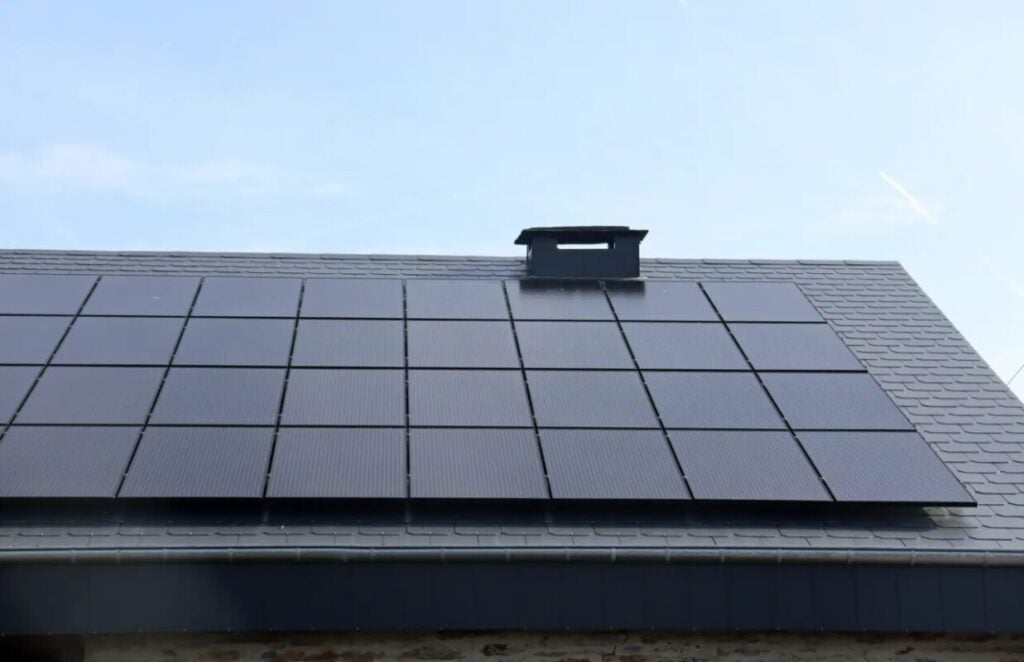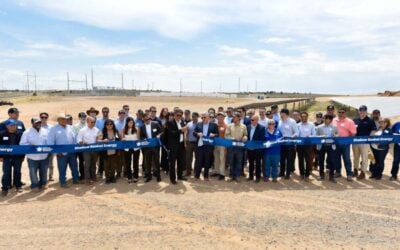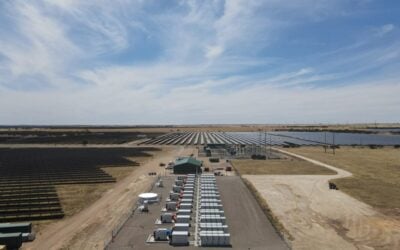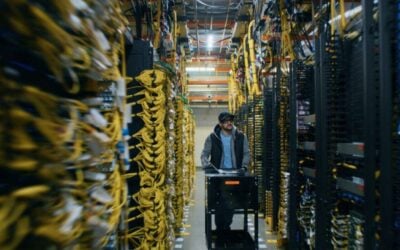
US residential solar and energy storage installer Sunrun has posted revenue of US$724.6 million in the third quarter of this year, as the company implements its “storage-first strategy”.
It marks the third consecutive quarter of revenue growth for Sunrun. The company’s revenue has grown from the US$569 million reported in the previous quarter, and the Q3 number represents a 35% year-over-year increase over the US$537.2 million recorded in the third quarter of 2024.
This comes as the company shifts its focus towards residential battery energy storage system (BESS) deployments, with the energy storage attachment rate—the percentage of solar projects installed with co-located BESS—holding steady at 70% in the third quarter.
This is ten percentage points higher than in the third quarter of 2024 and reflects a consistent increase in the storage attachment rate, from 14.9% in Q1 2023 to surpassing 50% from the first half of last year.
Try Premium for just $1
- Full premium access for the first month at only $1
- Converts to an annual rate after 30 days unless cancelled
- Cancel anytime during the trial period
Premium Benefits
- Expert industry analysis and interviews
- Digital access to PV Tech Power journal
- Exclusive event discounts
Or get the full Premium subscription right away
Or continue reading this article for free
The 412MWh of new storage capacity added in the third quarter of 2025 is a 23% increase over the same quarter in the previous year.
These positive figures have helped minimise the company’s losses over the last year. In the third quarter of 2025, Sunrun’s losses stood at US$277.8 million, compared to losses of US$412.2 million in the third quarter of 2024. Indeed, the company’s operations generated a profit of US$3.7 million in the third quarter of the year, contrasting with a loss of US$223.5 million in the first nine months of the year.
Notably, Sunrun has generated US$1.2 billion in proceeds in the first nine months of the year, double the US$557.1 million generated in the first nine months of 2024.
Sunrun has also effectively monetised tax credit transfers, which have formed an increasingly lucrative part of the US clean energy space.
To read the full version of this article, visit PV Tech.





